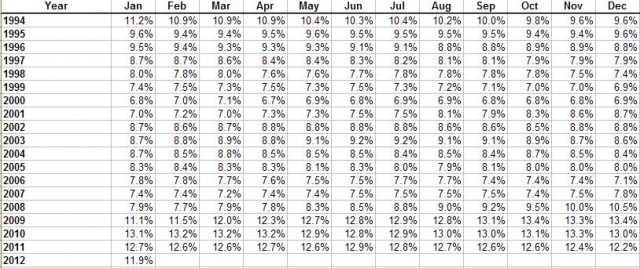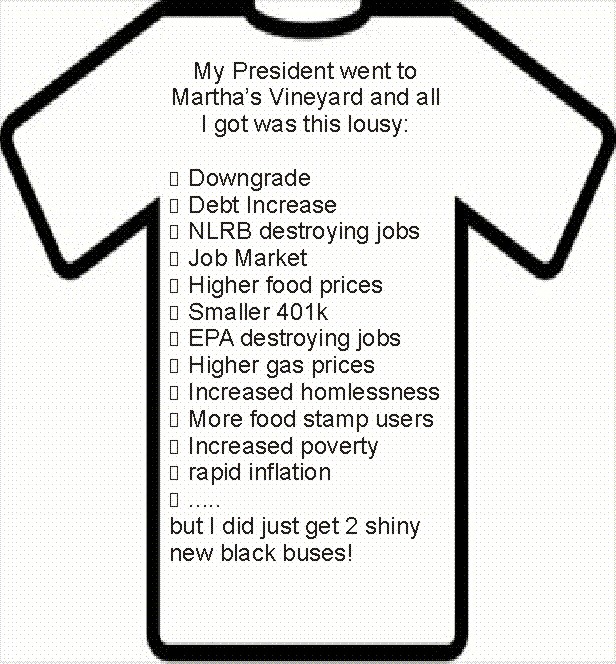After a several week “government shutdown” in Minnesota the recently passed budget has been celebrated as a great success for the tea party and other conservatives. Rush Limbaugh himself heralded the announcement by Governor Mark Dayton that he would accept the Repubilcan’s proposal as “Dayton caves!”
Admittedly, there is much to like of the new Minnesota budget: The total package is a bit under $36B as compared to a projected need of $39B, there are legislative changes that will give greater leverage for school districts to negotiate with teacher unions and several that will help to reduce the acceleration of growth for future budgets.
Unfortunately, there are also some things in the new Minnesota budget that are not good. To get the agreement, Republicans agreed to some one time revenue in the form of bonding a settlement from cigarette companies and most offensive, putting off payment of approximately $700M committed to schools that will force the schools to borrow until they get paid.
I’m told that the Republican leadership wanted the final budget to be $34B. Unfortunately, rather than leaving themselves room for negotiating, their original offer to Governor Dayton and the Democrats was $34B. Leadership was concerned about the MSM and Democrat meme that they were “cutting spending” when in fact they were increasing it from the previous budget. They thought that by offering $34B, they would be seen as “reasonable” and not have to fight for their principles. They were wrong.
Dayton promptly vetoed the $34B budget and demanded that any new budget must have tax increases. It was fairly obvious that Dayton was expecting and planning for a state government shutdown. Rather than hold pat, the Republicans immediately began negotiating and their negotiations were focused on adding revenue to increase the budget beyond the $34B.
Dayton rebuffed all of the Republican attempts to find a “compromise” and caused the government to shut down. After nearly three weeks, Dayton announced that he would accept the Republican’s last offer and “caved.” Unfortunately, the “cave” was at a number much higher than the Republicans wanted the budget to be and paid for in part, with “accounting tricks.”
Some would call the final budget the result of compromise, I wouldn’t be among them. Unfortunately for Minnesota taxpayers, the final budget was a result of poor negotiating by Republican leadership. Had they begun their negotiation at a number lower than what they were willing to accept or if they had caused Dayton to make major concessions before they found “new revenue”, the outcome could have been much better. In my opinion, the Republican leadership in Minnesota made critical errors and negotiated more against themselves than they did the Democrats.
Why am I outlining in a Wisconsin based blog, what happened in Minnesota, especially since I no longer live there? Because, what happened in Minnesota is exactly what is happening with John Boehner and DC Republicans.
In April, Paul Ryan set out a detailed roadmap for dealing with budget deficits including methods to deal with ever increasing entitlement costs. At the time, John Boehner endorsed the Ryan plan saying:
“In order to move forward I think Paul Ryan has set the bar in terms of the kinds of targets we need to meet and the kind of serious effort that is required given the deficit we have. I fully support Paul Ryan’s budget, including on Medicare.”
The “Ryan Plan” passed the House but was voted down in the Senate.
Roll forward to July and Boehner supported “Cut, Cap and Balance,” a bill that didn’t have a detailed budget but did provide for a combination of budget cuts and a balance budget amendment in exchange for an increase in the debt ceiling. On the day the House voted on CCB, Boehner said:
…(CCB is) the most responsible thing that we can do to address our problems today, and to address our problems long term.
Cut, cap and balance was killed by the Senate.
After CCB, Boehner tried “the grand bargain” with President Obama. Reportedly, that would have had $4T of reductions….until Obama threw a hissy fit and left.
Now Boehner is trying a paltry $1.2T of cuts which have been scored by the CBO as only $850B in cuts.
Boehner is now on record with supporting at least four and maybe as many as five or six different plans for dealing with the budget and at least indirectly, the debt limit. Rather than standing on one of these plans, Boehner has spent the last 2 weeks negotiating with anyone who will talk to him, Obama, Reid, Pelosi, Bo the dog, to find a solution for raising the debt limit. Every negotiation he enters further undercuts his credibility and resolve (if he really had any) to the only two plans (Ryan or CCB) that actually deal with our current situation in a way that doesn’t simply kick the can for some additional period of time.
The effect of Boehner’s “negotiations” have been not one iota of change from the Democrats. If anything, Obama has become more transfixed on raising taxes and Reid yelling “no” even louder. With all of his “negotiations,” it turns out that the only negotiating Boehner has been doing is with h
I’ve said numerous times that Boehner is no conservative. Worse, I’m not sure he is a whole lot better than Barack Obama. Boehner is unable to determine what he stands for and is even less willing to stand for it once he determines what it is that he does stand for. Boehner has been in Washington too long and is too committed to being a participant in the dance that is Washington politics rather than fighting for the principles that he purports to hold.
Washington operates under the false assumption that doing something, anything is always better than doing nothing. Boehner’s proposal for a debt limit increase is worse than doing nothing. John Boehner is about to but the period at the end of the sentence that will head our country into history as a banana republic.
Comments Off on Negotiating Against Yourself




